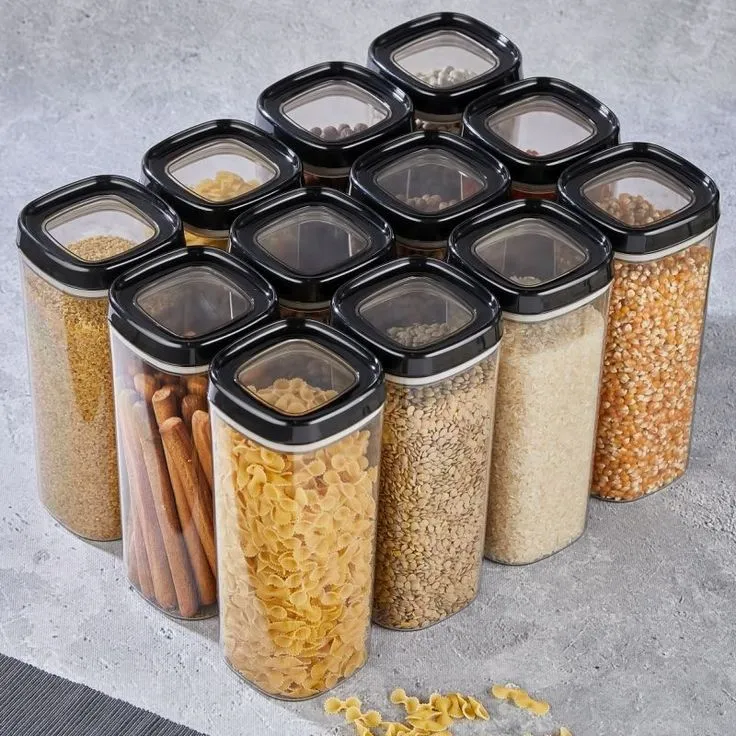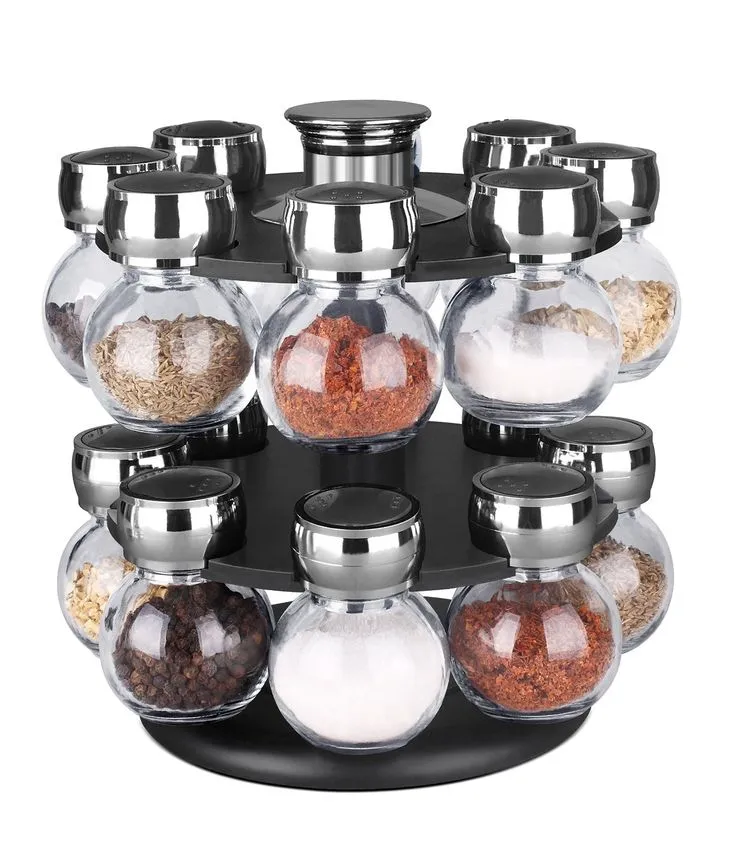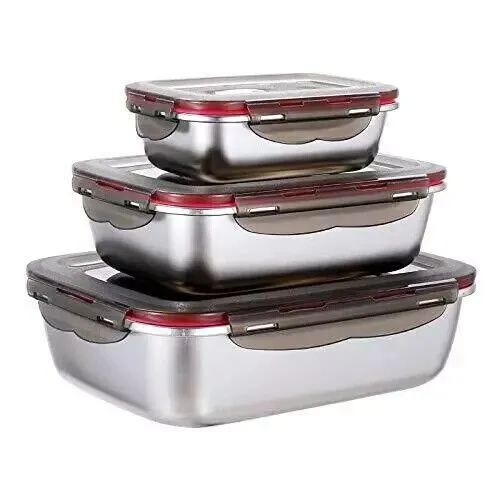Food storage is the secret to a stress-free kitchen, where meals are made with ease and ingredients stay fresh. Sealed containers offer a simple yet effective solution for keeping food fresh and preventing pest infestations. In this article, we’ll explore the benefits of using storage containers, debunk common myths, and provide tips on what types of food to store in different containers.

Benefits of Sealed Containers
- Sealed containers block air and moisture, preserving food freshness and extending its shelf life.
- Sealed containers prevent rodents, cockroaches, and insects from tampering with your food.
- By keeping food fresh, you save money on replacing contaminated food
Myth: Do Containers Make Food Go Bad?
Some people believe that storing food in storage containers can cause it to go bad faster. However, this is a myth. Sealed containers can help preserve food from contamination.
Improper storage can lead to spoilage, making food a breeding ground for bacteria, mold, and yeast.
Choosing the Right Container for Your Food
Different types of food require different types of storage containers. Here are some guidelines:

- Glass containers: Best for storing dry goods like pasta, rice, and cereals. Glass containers are non-porous and won’t absorb odors or flavors.
- Plastic containers: These containers are suitable for storing fruits, vegetables, and leftovers. Look for BPA-free plastic containers to ensure safety.
- Metal containers are ideal for storing dry goods like coffee, tea, and spices. They can help preserve flavor and aroma.
Food Items to Avoid Storing in Certain Containers
- Acidic foods: Avoid storing acidic foods like citrus fruits, tomatoes in metal containers, as they can react with the metal.
- Fatty foods: Avoid storing fatty foods like meat, dairy, and oils in plastic containers (except if the container was designed for oil storage) as they can seep into the plastic and cause contamination.
Additional Tips for Keeping Food Sealed and Safe
- Store food properly: Store food in a cool, dry place, away from direct sunlight and heat sources.
- Label and date containers: Label containers with the contents and date to ensure you use the oldest items first.
Types of Sealed Containers
Some examples of sealed containers include
1. Plastic Containers:
- Rubbermaid food storage containers (airtight for leftovers, fruits, and vegetables)
- Lock & Lock plastic containers (BPA-free for storing food and snacks)

2. Glass Containers:
- OXO glass containers (with sealed lids for dry goods and leftovers)

3. Metal Containers:
- Coffee and spice containers (with sealed lids for storing coffee, tea, and spices)

Tips for cleaning sealed containers
- Wash containers with soap and warm water to prevent bacterial growth.
- Dry containers completely before storing food to prevent moisture buildup.
- Use sealed containers to store snacks like nuts and dried fruit.
Conclusion
By choosing the right containers, following use tips, and choosing the right container type, you can enjoy the benefits of sealed containers for your food storage.




